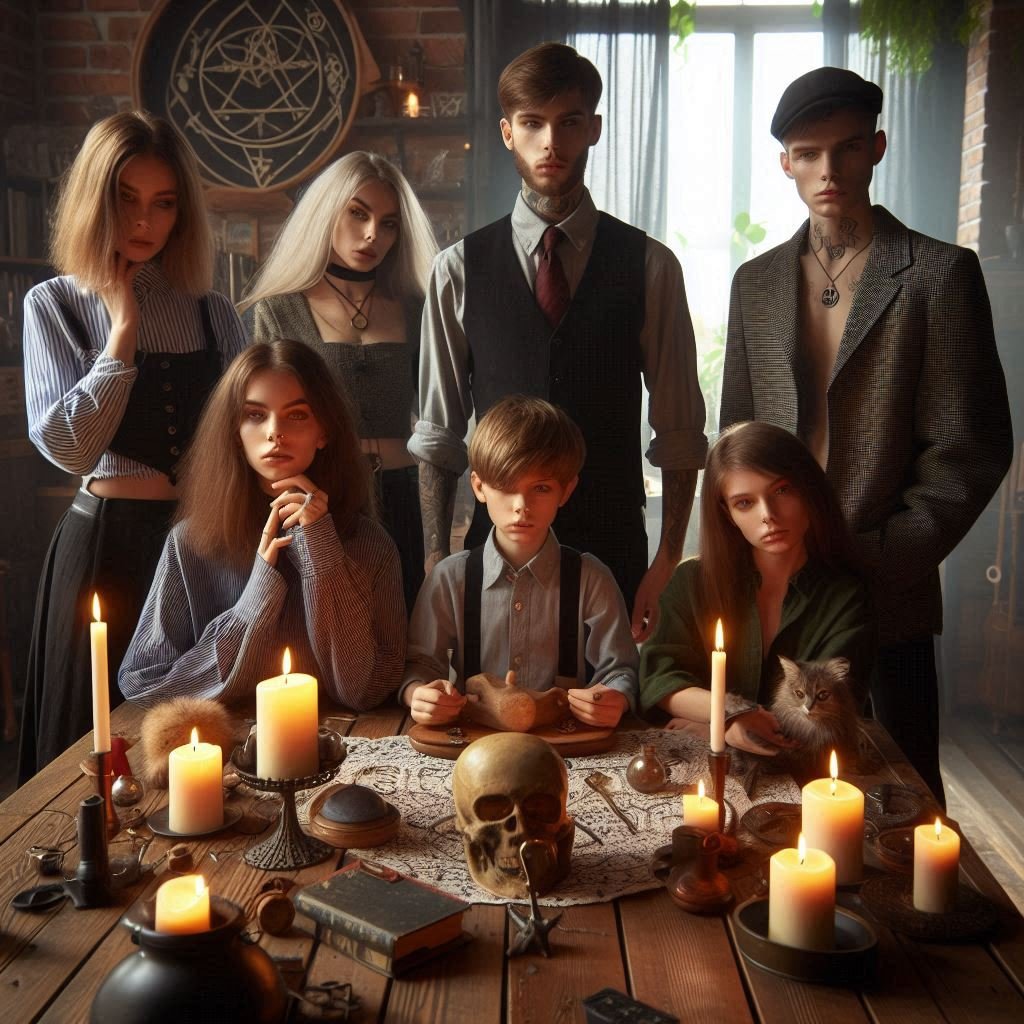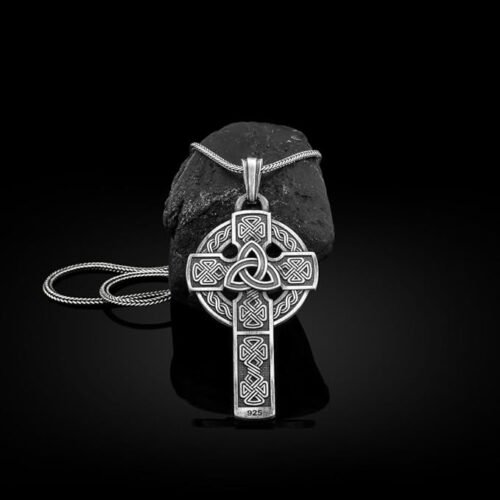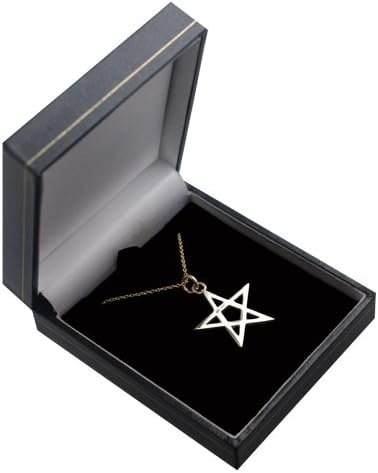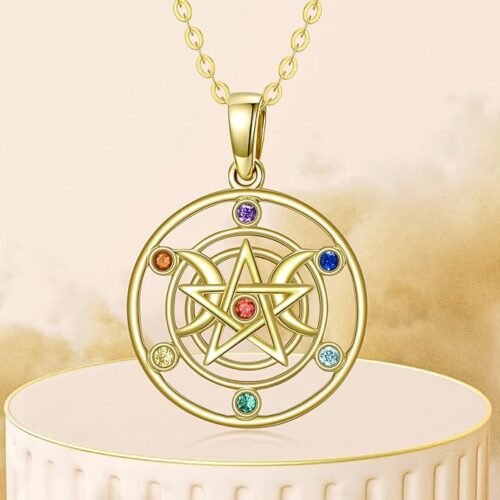
Wiccan Structures
The Structure of Wicca
With regards to the structure of Wicca, Wicca lacks a centralized organizational framework. Within Wicca, all adherents are regarded as priests and priestesses, with initiation rituals being customary.
Structure of Wicca – Traditions
In the 1950s to the 1970s, when Wicca was primarily confined to lineage-based groups like Gardnerian Wicca and Alexandrian Wicca, the term “tradition” typically implied the transmission of lineage through initiation. However, with the proliferation of such groups, often initiated by individuals lacking prior lineage, “tradition” evolved into a synonym for a religious denomination within Wicca.
Scholars often liken Wicca to a religion with denominational diversity akin to Christianity, characterized by variations in core beliefs among denominations. Numerous traditions exist, alongside solitary practitioners who operate independently. Some covens are non-traditional, drawing influences eclectically.

Gerald Garder, Father of Wicca
Structure of Wicca – Lineage-based traditions
Lineaged based traditions, including Gardnerian Wicca, Alexandrian Wicca, and the Algard tradition, trace their initiatory lineage back to Gerald Gardner, collectively termed British Traditional Wicca, particularly in North America. Other traditions, such as Cochrane’s Craft and the 1734 Tradition, originate from different figures but have been influenced by Gardner.
Variants like Feri and Dianic Wicca also exist. Some groups prefer the term “Witches” over “Wiccans” to distinguish themselves from British Traditional Wicca. Viviane Crowley merged Gardnerian and Alexandrian traditions in the 1980s.
Wicca has undergone significant evolution and adaptation, incorporating elements tailored to various national contexts.
Covens
Lineaged Wicca operates through covens led by initiated priests and priestesses. Covens are autonomous and typically headed by a High Priest and High Priestess. Initiation and training usually occur within covens, although some initiated Wiccans are unaffiliated. Covens generally refrain from admitting members under 18 and often maintain secrecy, occasionally recruiting through pagan publications. The ideal coven size is often cited as thirteen, but many covens are smaller.
Apprenticeship preceding initiation traditionally lasts a year and a day, during which a course of study may be prescribed. Some covens conduct a dedication ceremony before initiation, allowing probationary attendance at rituals. Individuals leaving to form new covens are said to “hive off.” Different members within covens may specialize in areas like Qabalah, astrology, or Tarot.
Based on observations, the time between first and second-degree initiation typically spans two to five years. Some practitioners opt to remain first-degree initiates. Eclectic Wicca
Many Wiccans are eclectic practitioners, drawing from multiple traditions or forging their own path. These individuals often practice solitarily, creating syncretic spiritual frameworks. Eclectic Wicca has gained popularity in America, surpassing lineaged Wicca in numbers. Eclectics integrate diverse religious and philosophical influences into their practice, ranging from Earth religion to ancient traditions.
Contrary to lineage-based and traditional Wiccans, sociologist Douglas Ezzy identifies a “Popularized Witchcraft,” driven by consumerist media and appealing largely to young audiences. This form, termed “New Age Witchcraft,” features simplified spells and rituals, akin to New Age practices.















[…] Previous […]